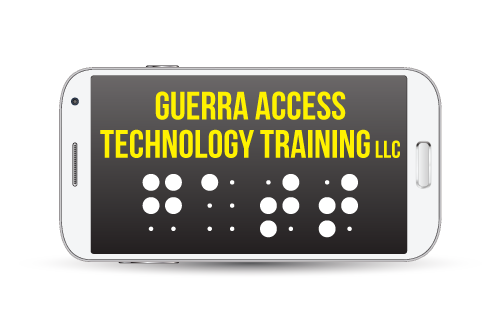Introduction
In the digital age, creating accessible content is more important than ever. One critical aspect of web accessibility is the use of alt text for images, which ensures that screen reader users can access and understand visual content. This blog post will explore the importance of alt text, discuss best practices based on the Web Content Accessibility Guidelines (WCAG), and provide instructions on how to add alt text using both the mouse and keyboard in popular applications.
The Importance of Alt Text
Alternative text, or “alt text,” is a brief description of an image that is provided as an attribute within an HTML image tag on a website. It is essential for several reasons:
- Accessibility: Screen readers rely on alt text to convey the meaning and purpose of images to users who are visually impaired or blind. Without alt text, these users miss out on essential information.
- SEO: Search engines use alt text to understand the context and content of images, which can improve a website’s ranking in search results.
- Usability: In cases where images fail to load or are blocked, alt text ensures that users can still understand the content.
Alt Text Guidelines for Descriptions
According to WCAG guidelines, good alt text should be:
- Accurate: Provide an accurate description of the image’s content and function.
- Concise: Keep the description brief, usually under 125 characters.
- Contextual: Consider the context in which the image appears and tailor the alt text accordingly.
Examples
Example 1:
Image: A woman in a wheelchair waving at the camera.
Bad Alt Text: “Woman”
Good Alt Text: “Woman in a wheelchair smiling and waving at the camera”
Example 2:
Image: A pie chart showing the percentage of renewable energy sources used in a country.
Bad Alt Text: “Pie chart”
Good Alt Text: “Pie chart illustrating the proportion of renewable energy sources, with solar energy being the highest at 40%”
Example 3:
Image: A landscape photo of a mountain range.
Bad Alt Text: “Mountains”
Good Alt Text: “Scenic landscape of the Rocky Mountains with a blue sky and a forest in the foreground”
Adding Alt Text in some Popular Applications
Now, let’s look at adding alt text using the mouse and keyboard in popular applications:
Microsoft Word:
Mouse:
- Right-click on the image.
- Select “Edit Alt Text” from the context menu.
- Enter a descriptive alt text in the Alt Text pane.
- Close the pane by clicking the “Close (X)” button.
Keyboard:
- move to the image and select it with CTRL+Shift+Left or Right arrow keys.
- Press the “Alt” key along with the “F10” key.
- Type a descriptive alt text in the Alt Text pane.
- Close the pane by pressing the “Escape” key.
Google Docs:
Mouse:
- Click on the image to select it.
- Right click the image then click on, “Alt text Ctrl+Alt+Y”
- Enter a title and description for the image in the corresponding fields.
- Click “OK” to save the alt text.
Keyboard
- Navigate to the image
- Press “Ctrl” + “Alt” + “Y” (Windows) or “Cmd” + “Option” + “Y” (Mac) to open the Alt Text dialog box.
- Type a title and description for the image in the corresponding fields.
- Press “Enter” or “Return” to save the alt text.
WordPress:
Mouse:
- Click on the image within the post or page editor.
- In the right sidebar, locate the “Alt Text” field under the “Image settings” section.
- Enter a descriptive alt text.
- Click “Update” to save changes to the post or page.
Keyboard:
- Navigate to the image within the post or page editor using the “Tab” key.
- Press Alt+Shift+M.
- Use the “Tab” key to navigate to the “Alt Text” field in the right sidebar.
- Type a descriptive alt text.
- Press “Escape” to deselect the image and return to the main editor area.
- Tab to the Update button to save the post or page.
Conclusion
Alt text is crucial for ensuring that screen reader users have equal access to the information and context provided by images on websites and documents. By following the best practices based on the WCAG and W3C guidelines, you can create more inclusive and accessible content for all users, regardless of their visual abilities.
Remember to keep your alt text accurate, concise, and contextual to provide the most helpful information for screen reader users. Additionally, familiarize yourself with the mouse and keyboard shortcuts for adding alt text in popular applications like Microsoft Word, Google Docs, and WordPress to streamline your workflow and ensure your images are always accessible.
By prioritizing web accessibility, you not only improve the user experience for those with disabilities but also contribute to a more inclusive and equitable digital landscape.
